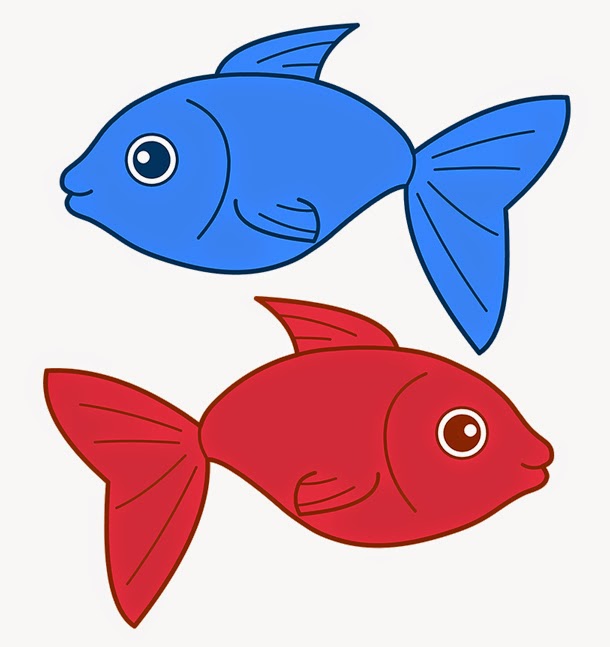I was answering questions last week about Five Directions Press, the author collective my writers’ group founded in the summer of 2012. The questions are for an article that fellow-novelist Deb Vanasse has agreed to write for the monthly magazine IBPA Independent, so we are flattered just to be included. Once I know when the Independent Book Publishers Association plans to run Deb’s article, I will post the information here. But the questions got me thinking about the place that author collectives occupy within publishing as a whole.
The question that struck me involved the relative advantages and disadvantages of traditional publishing and author collectives. The question rests on an implicit dichotomy that crops up a lot in discussions of the new publishing climate. Traditional or self-publishing: Which is better? Which will triumph? Which best serves authors? A lot of energy goes into defending one’s own choice and running down the other side.
But why? Surely publishing is big enough to include self-published authors, author collectives, small presses, and large corporate publishing houses. Trade publishing houses and author collectives serve different markets and as a result operate differently. They don’t compete; they complement one another.
The Big Five are huge corporate enterprises. Their employees have extensive experience producing and marketing books. Once they sign an author, they can offer a level of support that self-published authors, even if they set up a collective, can’t hope to match. A trade publisher works with the author to develop a manuscript, provides copy editing and cover design, turns the edited text over to its production department to design and compose the printed book and produce the e-book version, then sends the finished book to a publicist who will organize the marketing campaign.
Furthermore, a trade publisher has connections and prestige that get its books reviewed by major publications and into bookstores; radio and television broadcasters compete to interview its authors. Its titles have a far better chance of being noticed than those of writers who publish on their own or through a small press or an author collective, whose works can easily sink beneath the waves generated by the thousands of books released online every day. Self-published authors can break out of the pack and make as much—or even more—money than traditionally published authors. It’s not easy, though, especially as the market grows.
Still, there are downsides to “big.” All that support is expensive, and trade publishers can’t afford to take chances on books that aren’t guaranteed to sell millions of copies. Inevitably, good projects fall through the cracks. And if a book makes it through to print and doesn’t sell? The steadily chugging publishing train rolls over authors struggling to build an audience. Six months or a year, and the books are pulled from the shelves and pulped. After a while, the author’s contract is not renewed. It’s someone else’s turn in the sun.
In short, trade publishing not only does but must focus on the mass market. What about writers who have put in the necessary time to learn their craft but don’t produce something that millions of people want to read? These are the people who benefit from self-publishing, small presses, and author collectives.
Now I am the first person to admit that the problem with self-publishing is that, because it’s so easy, many people put out what are in essence first drafts. These first-time writers don’t intend to publish before the book is ready. The flush of finishing a first draft gives a writer a tremendous high. You can’t wait to get the book out into the world to soak up the praise you’re so sure it deserves.
Alas, the sad truth is that everyone’s first drafts stink. Yes, even the first drafts of published, professional authors. Sooner or later, the high dies away, the author receives comments and suggestions, and—assuming the book has not been published—the hard work of rewriting begins. Self-publishing too often short-circuits the essential revisions that turn a sketch of a book into a rich and rewarding reading experience.
But if the author resists that initial temptation to send the book out into the world and hires an editor or joins a (good) author collective or finds an innovative small press, that author can experience the benefits of “small.” A collective can define success as a hundred copies sold—or fifty. It can keep books in print throughout the author’s lifetime, building a reputation slowly as more books appear and readers discover them. It can take chances, because the stakes are low: mixing genres, taking the readers along less-traveled paths, publishing novels set in medieval Russia or modern Greece or the reigns of Tudor England that no one writes about because books about Anne Boleyn sell in the millions.
Some people hate joint enterprises. For them, author collectives are no solution. Even a small press is too constraining. Self-publishing is their most appealing option. Others instinctively tune into the zeitgeist and produce books that can and should be picked up by trade publishers, whose skills and experience can connect these authors to their mass-market readers. For those in the middle—the ones who don’t want to go it alone and like having the group’s imprimatur on their work and the knowledge that other writers have their backs—an author collective or a small press may be the ideal match. (The main differences between an author collective and a small press are the financial arrangements and a certain egalitarianism among the members.)
In short, publishing is a big pond, filled with many fish of different sizes and colors, all swimming along yet each in its own little eddy. Which is a lot more fun than a world where one size fits all, don’t you think?
Thanks to ClipArt Panda for the free fish that became the basis of this week’s image.

No comments:
Post a Comment
Ideas, suggestions, comments? Write me a note. (Spam comments containing links will be deleted.)